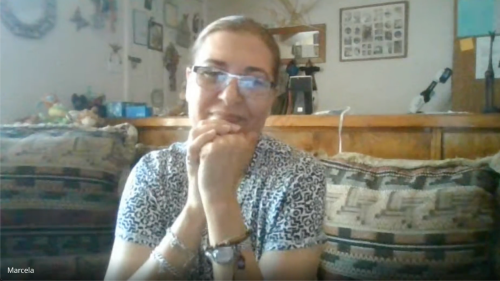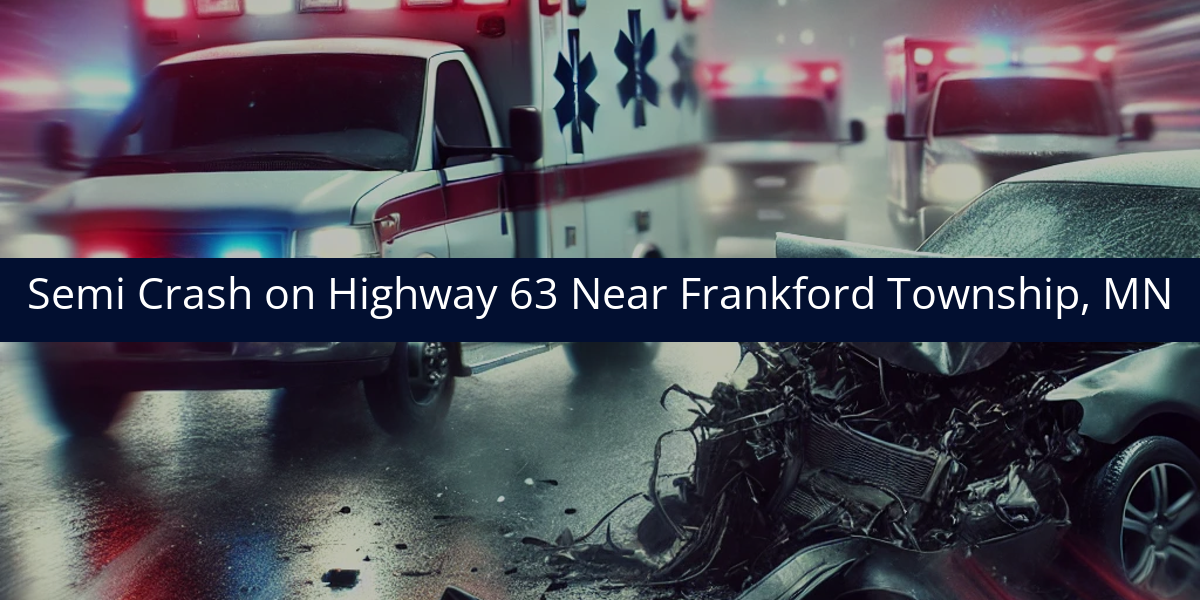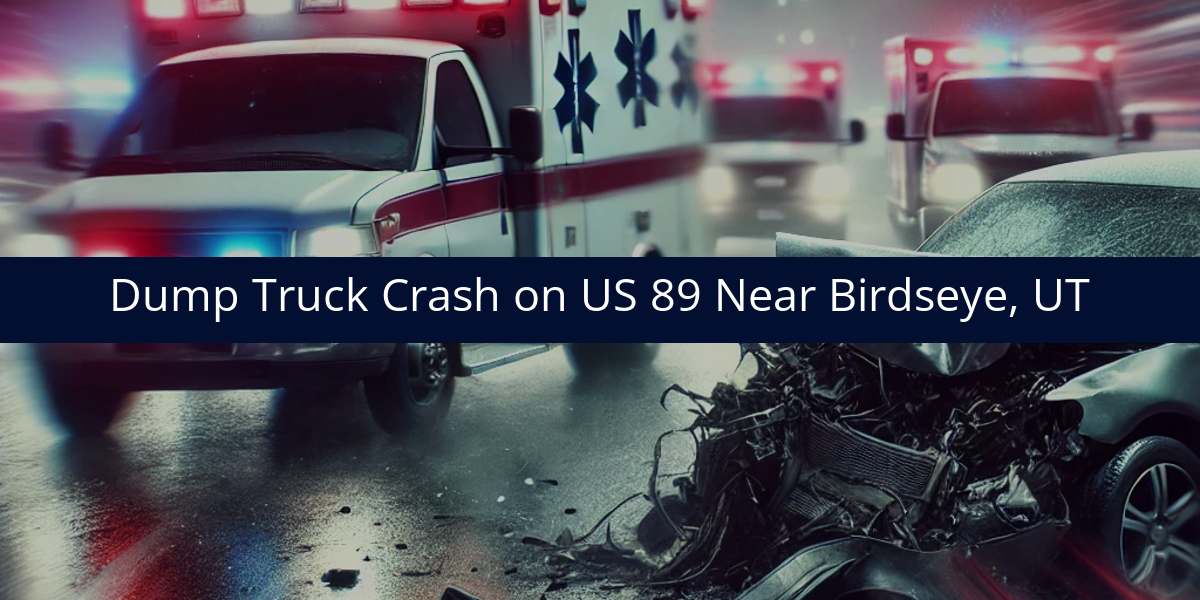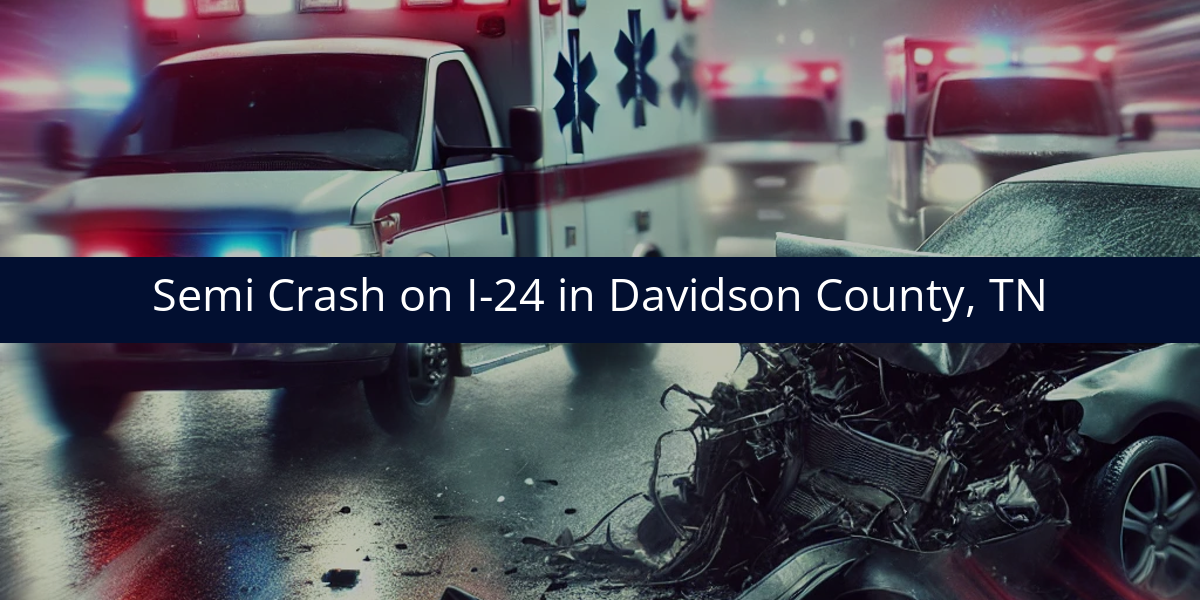On Thursday morning, two commuter buses collided on the ramp leading to the Port Authority Bus Terminal in Midtown Manhattan, resulting in injuries to 30 people. According to FDNY, the crash occurred just before 9 a.m. when one New Jersey Transit bus reportedly rear-ended another near the Lincoln Tunnel exit. Of those injured, 27 were transported to local hospitals with minor injuries, while three declined medical treatment at the scene. Authorities confirmed that none of the injuries were considered life-threatening.
When a crash involves two large buses in a densely trafficked area like the Port Authority ramp, it's important to understand how such an incident occurred and what underlying issues may have contributed.
Could Distraction or Fatigue Have Played a Role?
Rear-end collisions often point to delayed reaction time, which raises questions about the alertness of the driver in the trailing vehicle. With early morning commuter routes, fatigue is always a possibility. Investigators will likely review both drivers’ work schedules and rest breaks to determine whether fatigue may have reduced their ability to respond quickly to slowing traffic. Distraction, such as interacting with dispatch, using GPS, or monitoring passenger activity, could also be a factor.
What Mechanical Issues or Operational Failures Should Be Considered?
It’s also important to rule out any potential brake system malfunctions or other mechanical issues that may have prevented the trailing bus from stopping in time. Investigators may inspect maintenance records and vehicle condition reports for both buses to confirm that required inspections and servicing had been completed. In some cases, sudden equipment failure may mimic the effects of inattention or delayed reaction.
What Types of Evidence Should Be Examined?
To determine how this crash occurred, investigators will likely analyze Electronic Control Modules (ECMs) for speed, braking, and throttle input. Surveillance footage from nearby traffic cameras or onboard bus systems can help clarify how quickly the vehicles were moving and how much time the trailing driver had to react. Driver logs, maintenance histories, and any statements from passengers or witnesses may further illuminate what happened during the moments leading up to the crash.
Why a Thorough Investigation Is Necessary
In my experience with commercial vehicle collisions, it’s critical not to rush to judgment based on surface-level assumptions. A full investigation can help identify whether this was simply a case of driver error or whether deeper issues like fatigue, poor training, or mechanical neglect contributed to the crash.











